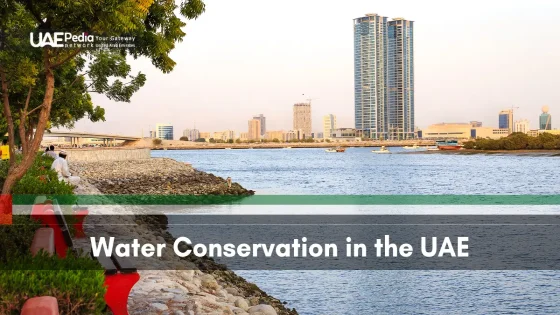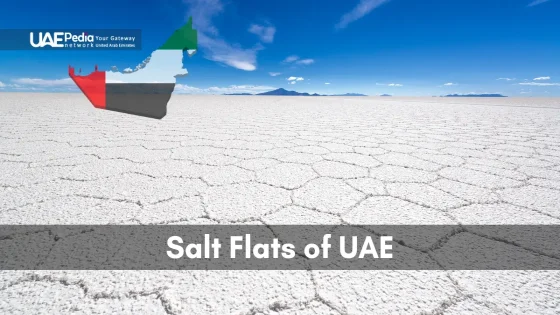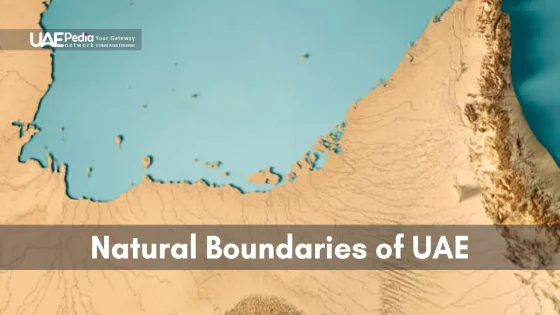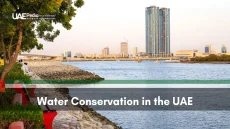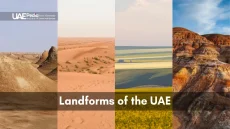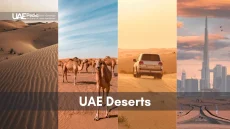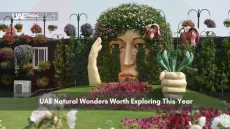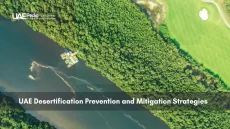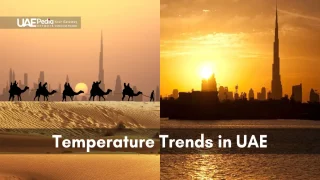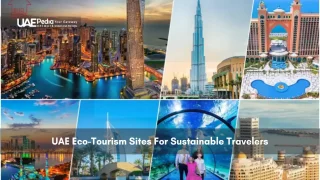What if everything you’ve heard about desert emptiness misses the truth? The Rub’ al Khali—Earth’s largest sand sea—covers an area larger than France, yet holds stories older than recorded time. Here, golden dunes rise like skyscrapers, and gravel plains stretch farther than city horizons, creating a paradox of stark beauty and vibrant life.
This isn’t just sand. It’s a living archive where Bedouin heritage whispers through shifting winds, and oases like Liwa bloom against all odds. Modern adventurers chase 4×4 thrills across 250-meter dunes by day, then stargaze at night skies unpolluted by city lights. The Emirates’ diverse landforms—from rust-red plains to fossil-rich valleys—reveal a geologic drama 2.6 million years in the making.
We’ll show you how to:
- Decode the silent language of dunes shaped by ancient trade winds
- Trace camel caravan routes that once fueled global spice markets
- Find hidden wadis and archaeological sites most maps ignore
Pack your curiosity (and sunscreen)—we’re stepping beyond the mirage.
Discover the Timeless Charm of UAE Desert Landscapes
The Rub’ al Khali isn’t just a desert—it’s a canvas painted by centuries of wind and tradition. Where else can you trace the footsteps of spice traders one moment and spot rare Arabian oryx the next? This is where nature’s artistry meets human resilience.
The Allure of Sand Dunes and Gravel Plains
Abu Dhabi’s Liwa Oasis proves deserts aren’t static. Its 250-meter dunes—some taller than the Leaning Tower of Pisa—shift daily, revealing fossilized coral reefs beneath. Meanwhile, the Dubai Desert Conservation Reserve shelters 31 mammal species, from sand gazelles to elusive caracals.
Gravel plains near Al Ain tell another story. These rust-colored fields, framed by the jagged Hajar Mountains, hide ancient petroglyphs. Bedouin guides still navigate these trails using star patterns their ancestors memorized—a skill you’ll glimpse during sunset camel treks.
Heritage and Natural Beauty in the Emirates
Modern cities like Dubai didn’t erase history—they elevated it. Skyscraper views stretch to the Empty Quarter, where luxury camps serve cardamom coffee in tents woven with tribal patterns. Even the camel rides here connect to the past: breeders in Al Marmoom preserve bloodlines dating back 2,000 years.
Abu Dhabi’s Qasr Al Sarab Resort sits where caravan routes once bustled. Today, you’ll find spa treatments using local saffron instead of bustling traders. Yet the essence remains—the silence, the endless sky, the thrill of discovering what’s over the next dune.
Adventurous Safaris and Immersive Desert Experiences
Ever wondered how a single day in the sands can swing from serene sunrises to heart-pounding rides? The Emirates’ safari scene delivers this duality—offering everything from meditation-worthy mornings to starlit feasts with belly dancers. Local operators craft time-sensitive adventures that sync with nature’s rhythms.
Morning and Evening Safari Highlights
Dawn excursions reveal secrets most travelers miss. Guides point out tracks of sand foxes and explain how shifting light paints dunes in apricot hues. Evening tours flip the script—4x4s tackle 45-degree slopes during golden hour, followed by BBQ feasts under Bedouin-style tents.
Luxury Desert Expeditions and Cultural Performances
Five-star camps elevate the experience. Picture private butlers serving rose-infused lemonade as falconers demonstrate ancient hunting techniques. After sunset, henna artists and oud musicians create a sensory tapestry—proof that luxury here honors tradition.
Camel Trekking and Dune Bashing Thrills
Choose your pace: gentle camel treks tracing historic trade routes or adrenaline-packed dune-bashing tours where expert drivers surf steep slopes. Pro tip: book combo tours to savor both—like sipping karak chai at a herder’s camp before racing across silky ridges.
- Wildlife watchers: Spot rare species like lappet-faced vultures at Al Qudra Lakes
- Photography buffs: Guides know where crescent dunes mirror the moon’s curve
- Culture seekers: Participate in Arabic coffee rituals using beans roasted over saltwood
Whether you crave quiet reflection or throttle-heavy action, the range of tours ensures no two days feel alike. Guides don’t just drive—they decode the desert’s ever-changing script.
Exploring the UAE’s Natural Wonders and Scenic Landmarks
Imagine standing where golden sands meet jagged peaks—this is the Emirates’ secret symphony of nature. From record-breaking dunes to misty mountain trails, the country’s contrasts create moments that linger long after your footprints fade.
Iconic Destinations in Dubai and Abu Dhabi
Moreeb Dune—known locally as “Talal Hill”—towers 300 meters high near Liwa. Thrill-seekers flock here for adrenaline-packed climbs, while photographers capture its knife-edge ridges at sunset. In Abu Dhabi, Qasr Al Sarab Resort blends luxury with lore, offering private tours to fossil sites where ancient seabeds whisper geologic secrets.
Hidden Oases and Mountain Trails
Sharjah Desert Park reveals a quieter magic. Follow shaded wadis to spot endangered Arabian leopard tracks or join guided hikes through Hajar Mountain caves adorned with 4,000-year-old carvings. For a serene escape, Al Ain’s Green Mubazzarah hot springs bubble beneath Jebel Hafeet’s slopes—a geothermal wonder framed by date palms.
| Location | Feature | Insider Tip |
|---|---|---|
| Moreeb Dune | Tallest dune in the region | Visit during January’s Liwa Festival |
| Hajar Mountains | Fossil-rich hiking trails | Wear grippy shoes for rocky paths |
| Al Qudra Lakes | Man-made oasis | Arrive at dawn for birdwatching |
Want to dive deeper? Our guide to exploring hidden oases reveals seasonal blooms and star-gazing spots. Pair these adventures with planning desert adventures that balance culture with heart-racing fun.
Embarking on Your Next UAE Desert Adventure
Ready to trade city skylines for endless golden horizons? Your desert adventure awaits—where camel treks follow ancient paths and 4x4s conquer dunes that touch the clouds. November to March offers cooler temperatures perfect for exploring, whether you’re photographing rare wildlife in Al Qudra or sipping Arabic coffee under a star-painted sky.
Pack smart: lightweight layers, closed-toe shoes, and a scarf for midday sun. Local operators like Arabian Adventures and Platinum Heritage offer vetted tours—from sunrise hikes in the Hajar Mountains to starlit feasts in the Empty Quarter. Pro tip: book early-morning slots to beat the heat and crowds.
These sands hold more than thrills. They’re portals to Bedouin traditions, geologic wonders, and moments that redefine ‘wilderness.’ All it takes is one step beyond the pavement. Your story in this ancient, ever-changing region begins now—what chapter will you write?
Aim for October to March—cooler temps (60s–80s°F) make dawn hikes, evening camel rides, and stargazing magical. Summer months (June–September) hit triple digits, though luxury overnight camps with AC tents still offer comfort.
A> Absolutely! Many tours link Liwa’s dunes with the Hajar Mountains’ wadis and trails. Swap sandboards for hiking boots—you’ll chase waterfalls in Hatta, spot mountain goats in Jebel Jais, and still catch sunset dune drives.
A> Most operators offer “family-friendly” safaris with milder drives and extra stops for photo ops, camel feeds, or sand play. Always check age/health restrictions beforehand—some high-adrenaline rides aren’t suited for pregnant travelers or those with back issues.
A> Lightweight, breathable fabrics (linen or cotton) in neutral tones work best. Closed-toe shoes shield feet from hot sand, while a scarf wraps into a quick shemagh for sun protection. Evenings get chilly—pack a light jacket!
A> Responsible operators partner with Bedouin communities—think storytelling sessions in traditional majlis tents, henna art demos, and meals featuring local recipes like harees. Many also fund wildlife conservation (hello, Arabian oryx!) and leave-no-trace policies.
A> Yes! Al Ain’s Green Mubazzarah hot springs and Al Qudra Lakes’ flamingo sightings have paved access. For deeper spots like Liwa’s Moreeb Dune or secret wadis, guided tours handle the rugged terrain so you can focus on the views.

